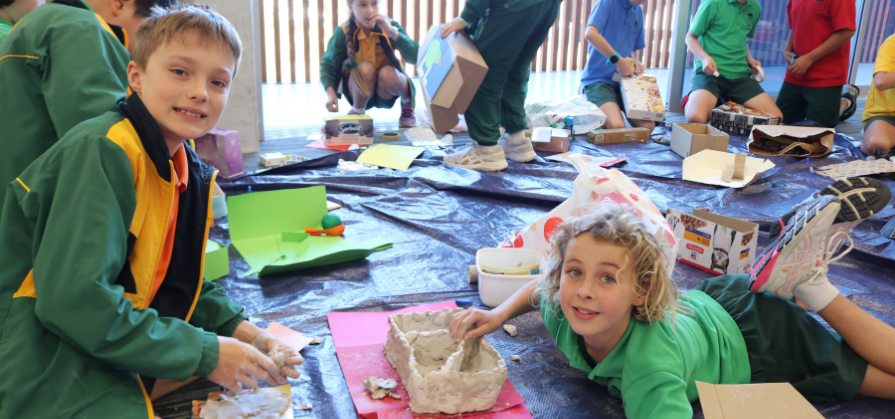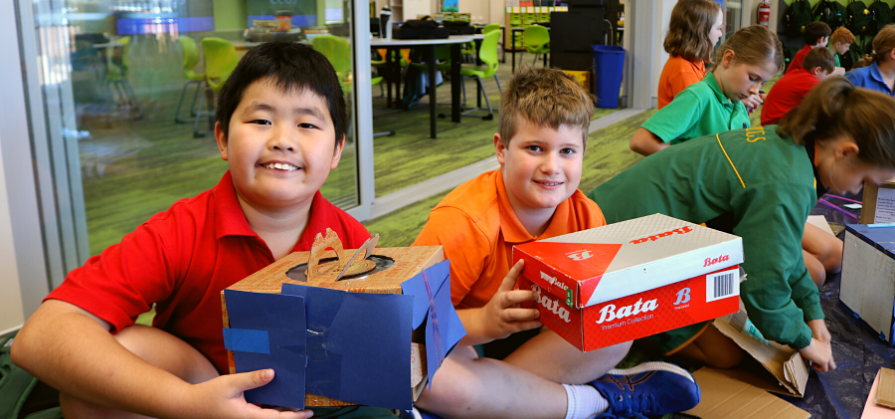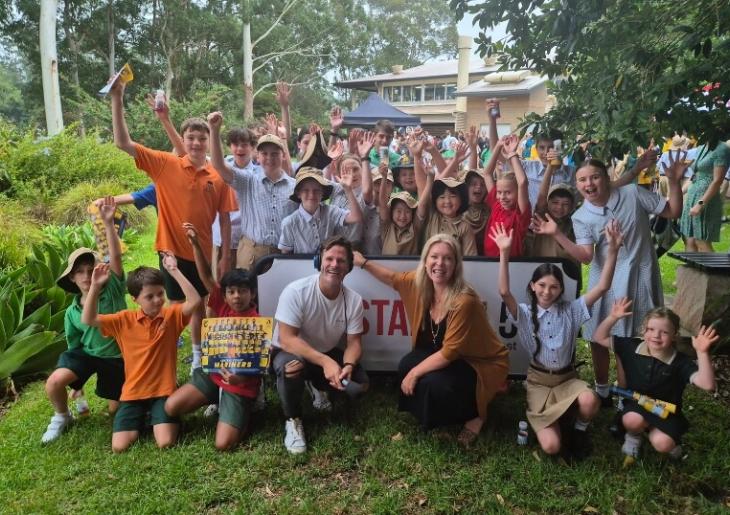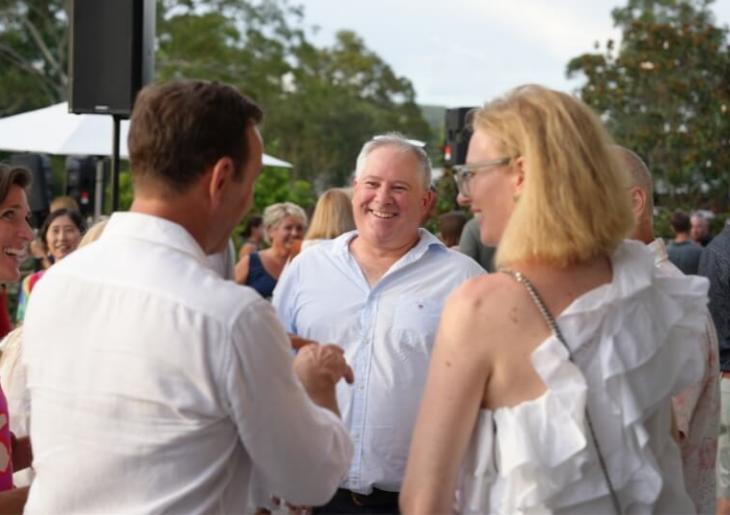Designing the perfect lunchbox

Lunchboxes have come a long way since the 1880s. Back then school children used empty biscuit tins or even tobacco containers. Today they often tote their lunches in soft insulated polyester versions, sliding them into their backpacks ready for the day ahead.
Even with today’s more modern designs, does the humble lunchbox deliver everything that today’s child wants?
Using Stanford University’s Design Thinking Framework, students in Junior School tackled a three week Next Generation Learner (NGL) project to design and create the perfect lunchbox for a friend.

In the empathise stage students conducted video interviews asking questions about things their partner liked and disliked, the problems they’ve had with their lunchboxes in the past or food they would like to eat but are restricted by the limitations of their current lunchbox. This stage allowed students to dig deep and gather important insights into what their partner cared about. In the define stage students reviewed the video interviews and looked at their partner’s body language and responses. Students spent time analysing the information to create a list of must-haves and cannot-stands.
Next came ideate. This is where students were encouraged to think big and look beyond the traditional notions and concepts of what the normal average lunchbox is. Using methods like mind maps, brain dumps and SCAMPER (Substitute, Combine, Adapt, Modify, Put to other uses, Eliminate, Rearrange) students created their ideas.
The new Junior School neighbourhood areas quickly became design and innovation hubs as students moved into the next phase - creating a prototype. Armed with glue guns, coloured paper and foil, students embraced the opportunity for creativity and design. Year 6 students used Computer Assisted Design (CAD) technology and Year 4 built their partner’s perfect lunchbox using cardboard boxes and clay. The Junior School was alive with budding designers creating lunchbox prototypes.
Brian Zhang, Year 4, said, “My partner was tired of getting his lunchbox mixed up with his friends. He likes technology like Siri and face recognition so I came up with the idea of using facial recognition features on the top of the lunchbox so only he can open and access it.”

Tahmeika Barkey, Year 4, said, “My partner told me that they struggled to fit their lunchbox in their bag. They also wanted to be able to bring hot and cold food to school. I’ve created a slimline version that can easily fit in your backpack. It also has separate compartments to keep warm food warm and cold food cold.”
“My favourite part so far has been the prototype phase because it has been really exciting being able to build,” said Brian.
“I enjoyed the empathy stage. It was very interesting. You learn what the problem is and look at ways to resolve the problem,” added Tahmeika.
The final stage in the Design Thinking Framework was to test. Users gave feedback on what worked well and the design features they would like to add and change.
Look out for the latest Next Generation Learner lunchboxes in a store near you!




